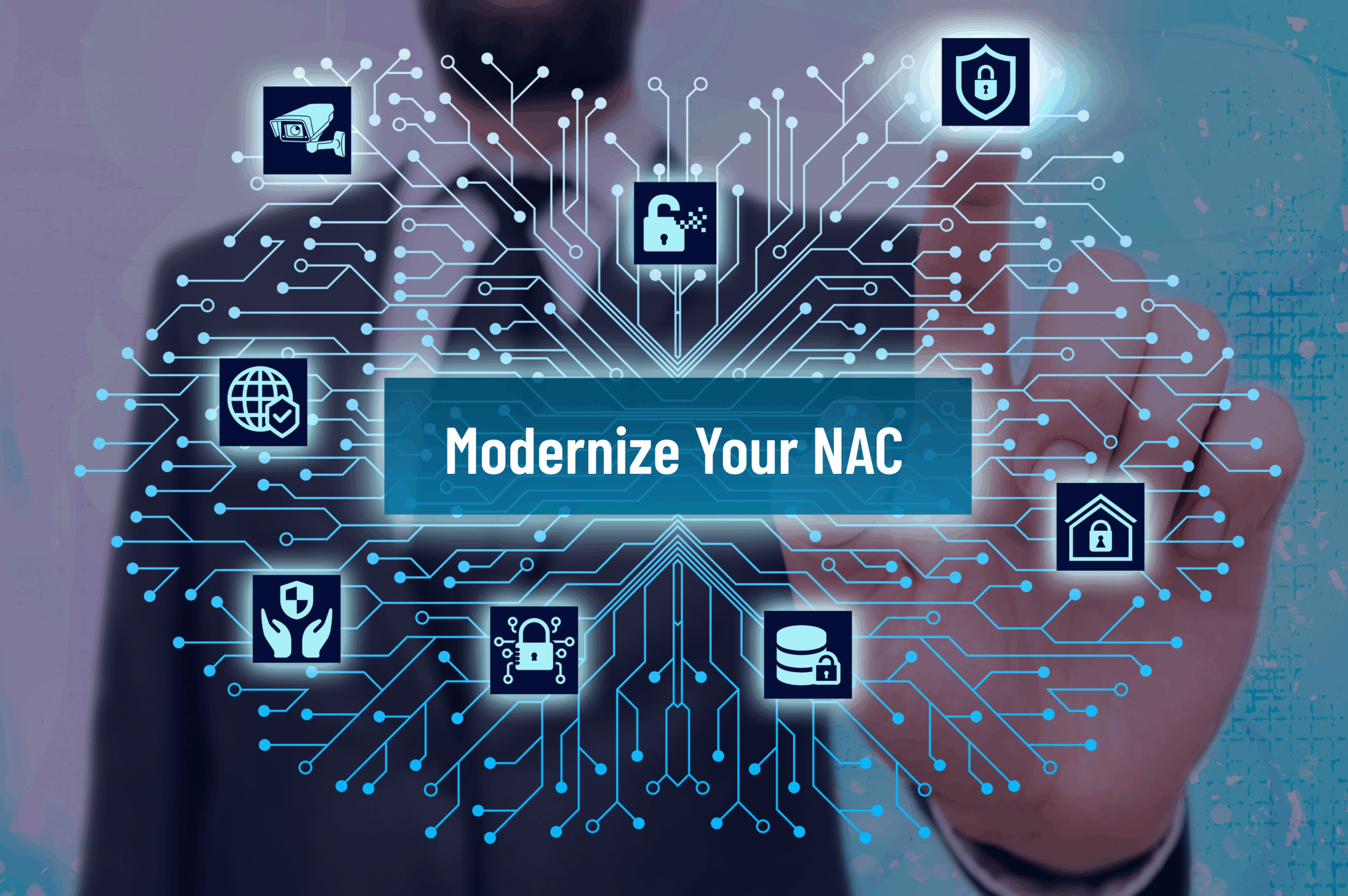NAC’s Comeback: Why 93% of CISOs Are Betting on Network Access Control (NAC)
Network Access Control (NAC) has been seen as a legacy security tool—powerful in theory, but often too complex to deploy and maintain. But this story is changing.
According to our CISO Perspectives for 2026 report, 93% of CISOs say their perception of NAC has improved in the past year, and 97% now consider it essential to zero trust strategy. Even more telling: nearly every CISO surveyed (98%) pointed to cloud-based NAC as the key factor driving that renewed confidence.
In short: NAC is back—and cloud-based NAC is enabling organizations to realize the dream of secure, scalable access control without the headaches of complex on-prem infrastructure or costly hardware appliances.
From network gatekeeper to zero trust enabler
For years, security teams knew they needed to control network access, but the monumental task of planning and deploying a NAC kept them from completing full implementation. That perception started to shift as organizations begin to embrace zero trust.
In today’s hybrid environments, perimeter lines are blurred and endpoints connect from anywhere. Even more complicated, unmanaged devices are multiplying by the day. Enter NAC, which delivers something foundational: real-time visibility and control at the network edge. NAC enforces identity, device posture, and access policy before anything touches critical systems—an essential zero trust principle.
Cloud-native NAC takes that a step further, replacing the static controls of legacy solutions with:
- Dynamic policy enforcement across all locations
- Seamless integration with identity providers and other tools across their security stack
- Device visibility that scales without infrastructure sprawl
These advances are fueling NAC’s resurgence—proving that modern, dynamic, cloud-native control is both practical and powerful.
How NAC fits into modern zero trust strategies
Some people confuse the purpose of NAC and Zero Trust Network Access (ZTNA). Many assume they are the same, but they serve two purposes.
- NAC governs network access—enforcing policies inside corporate and cloud-connected environments, covering both managed and unmanaged devices.
- ZTNA governs remote access—ensuring users and devices connect securely to specific applications, no matter where they are in the world.
Together, NAC and ZTNA deliver a unified zero trust architecture that covers all access points—on-prem, remote, and everything in between.
That’s why 97% of CISOs now see NAC as critical to zero trust. It’s not about replacing tools—it’s about connecting them under a single, cloud-native framework.
Why cloud-based NAC is fueling this comeback
Traditional NAC struggled because it was hardware-heavy and maintenance-intensive. Cloud-based NAC eliminates that pain by removing the need for physical appliances, complex integrations, or professional services.
With a cloud-native approach, security teams can:
- Gain full visibility of every device—managed or unmanaged—with or without agents
- Apply consistent access policies across hybrid networks at cloud speed
- Automate onboarding, policy updates, and enforcement from a single platform
For CISOs, that means faster time to value, simpler operations, and scalable control—all without the burden and expense of legacy NAC infrastructure.
Bottom line: NAC’s comeback is about modernization
By reimagining NAC as a cloud-delivered, identity-aware policy engine, security teams are closing the gap between their zero trust aspirations and daily operational reality.
And when combined with ZTNA for remote access, NAC helps unify visibility and control across every user, device, and network connection—without the complexity that used to define it.
Try Portnox Cloud for Free Today
Gain access to all of Portnox's powerful zero trust access control free capabilities for 30 days!




